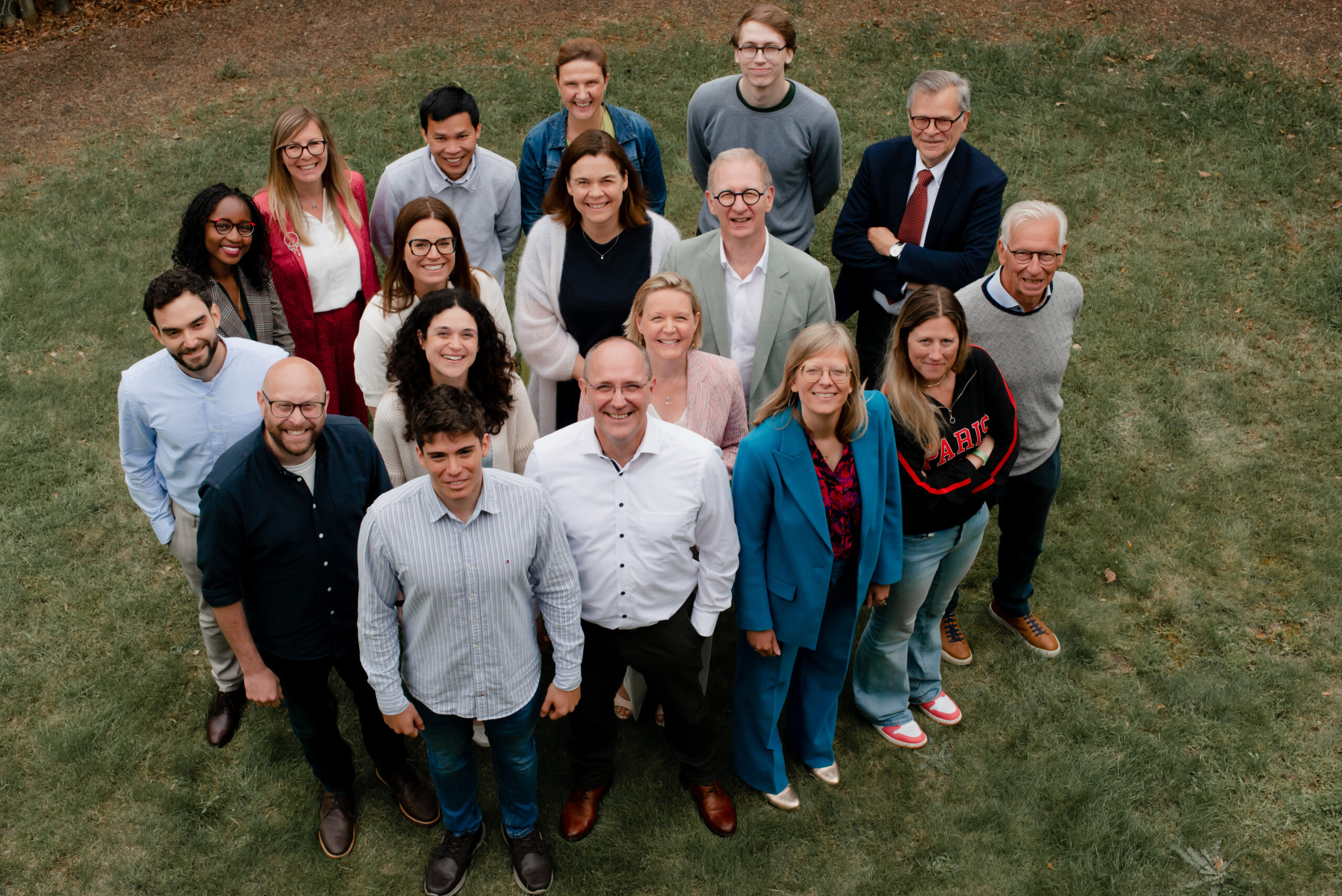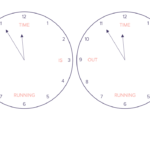Nano-materials in REACH: a work in progress.
REACH obligations for nano-materials
From the 1st January 2020, REACH introduced specific information requirements for substance manufactured or imported as nanoform adopting the obligation dictated in the 3 December 2018 REACH amendment “Commission Regulation (EU) 2018/1881”. However, by this deadline, ECHA stated that only 10 % of the excepted dossiers were submitted.
Under REACH, a nanoform is defined as:
“a form of a natural or manufactured substance containing particles, in an unbound state or as an aggregate or as an agglomerate and where, for 50 % or more of the particles in the number size distribution, one or more external dimensions is in the size range 1 nm-100 nm, including also by derogation fullerenes, graphene flakes and single wall carbon nanotubes with one or more external dimensions below 1 nm”.
Compare with their bulk counterpart, nanomaterials may have different phys-chem proprieties thanks to their increased specific surface area by volume at nanoscale. As results, their fate and behavior and in the environment and in the human body might be different and phenomena like agglomeration, photoreactivity, dispersion and dissolution become important to understand and evaluate their potential toxicity.
REACH registrations for nano-materials
One year has passed since the introduction of the information requirements for nanoforms, and ECHA has published since then new updated guideline specific for nanoform and new guidelines updates are in the pipeline (e.g. update of Appendix R7-1 for nanoforms).
On the other hand, efforts have also been made to develop and publish standardized testing guidelines for nanoform. New OECD standard guidelines have also been published, such us the recent guidance OECD 318 and OECD 317 aimed to standardize testing of nanoform in the environment and more others are in development and two be published within the next two year.
Further, although in the last two decades nanomaterials have been a central topic in the scientific research, publication often lack of standard approach and fundamental phys-chem specification essential to be used in the building of a robust risk assessment.
Moreover, although recent development efforts in addressing a more standardized approach for the risk assessment of nanomaterials, uncertainties on how to deliver a strong and well-founded dossier in the regulation context still remain, challenging both industry and regulators.
Hence, understanding the physico-chemical properties of nanoforms is a key point to predict their behaviors and fate in the environment, uptake routes, toxicokinetics and potential effects to organisms. Enabling the development of endpoints adaptation and well-founded science-based waiver, the lack of appropriate standard testing generates a data-gap.
At Apeiron we have the expertise to help you to build or update your nanoform registration dossier in compliance with the new REACH requirements.
Relevant Apeiron Services
See which update strategy is possible for your nano-materials registration dossiers and contact Apeiron-Team for more information.
Registrations
Scientific and regulatory consultancy
Like the sound of Apeiron?
We'd love to know more about you! We are always looking for people who are driven by passion.


